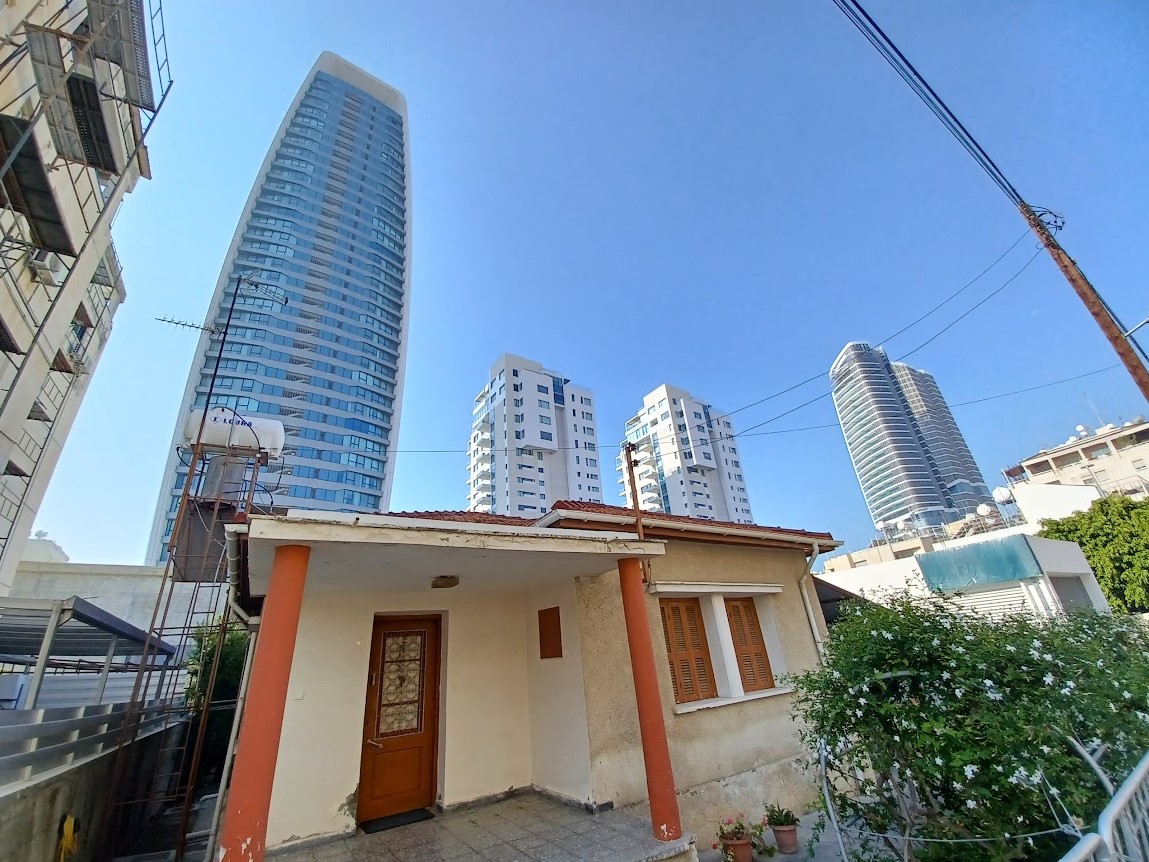The Central Bank of Cyprus (CBC) on Friday reported that the overall increase in house prices continued during the second quarter of 2025, driven largely by accelerated demand for apartments.
The CBC’s latest House Price Index (HPI), which covers both houses and apartments, recorded a year-on-year increase of 4.7 per cent in the second quarter of 2025, a slight deceleration from the 4.8 per cent rise seen in the first quarter of the year.
Quarter-on-quarter, the general index rose by 1.5 per cent, which was also a slight slowdown from the 1.9 per cent quarterly increase in the first quarter of 2025.
The overall trend was a result of sharply contrasting movements between the two property types, with apartment prices accelerating while house prices slowed down.
Apartment prices recorded an accelerating quarterly increase of 3.1 per cent, leading to an annual price rise of 5.3 per cent in the second quarter of 2025.
Conversely, the House Price Index recorded a quarterly decrease of 0.1 per cent, causing the annual rate of increase to slow significantly to 3.4 per cent.
The annual changes in the general House Price Index across the island’s districts showed an acceleration in the rate of increase only in Limassol, reaching 6.8 per cent.
A slowdown in the rate of increase was recorded in Nicosia (0.1 per cent), Larnaca (5.8 per cent), Paphos (9.4 per cent), and Famagusta (4.9 per cent).
Examining the annual changes by property type, house prices saw a slowdown across all districts except for Nicosia, where the House Price Index recorded an annual decrease of 1.6 per cent for the third consecutive quarter.
House prices in Paphos still saw a high annual increase of 9.8 per cent, followed by Limassol at 6 per cent, Famagusta at 5.7 per cent, and Larnaca at 4.2 per cent, though all these represented a slowdown in their respective rates of increase.
Apartment prices, however, showed an accelerating annual increase in Limassol (4.8 per cent) and Larnaca (8.2 per cent).
The annual rate of increase for apartment prices did slow in Paphos (8 per cent), Nicosia (2.6 per cent), and Famagusta (4.5 per cent).
Other market indicators continued to reflect positive developments on the demand side during the second quarter of 2025.
According to the Department of Lands and Surveys, the total number of sales documents for all property types recorded an annual increase of 16.1 per cent in the second quarter of 2025, rising to 4,592 from 3,956 the year before.
This surge in sales was driven by annual increases from both domestic buyers (15.1 per cent) and foreign buyers (17.8 per cent).
The total sales documents in the second quarter of 2025 included 2,875 properties sold to domestic buyers and 1,717 sold to foreign buyers.
Limassol registered the highest number of transactions at 1,430, followed by Nicosia (1,078), Larnaca (1,038), Paphos (824), and Famagusta (222).
Domestic buyers accounted for more than 50 per cent of transactions in Nicosia, Limassol, Larnaca, and Famagusta, while foreign buyers were the majority in Paphos, accounting for 60 per cent of sales.
On the supply side, the number of residential units for which a building permit was approved, a leading indicator of construction activity, recorded an annual increase of 12.1 per cent in the period January to April 2025.
This means the number of approved units rose from 3,854 in the corresponding period of 2024 to 4,321 in 2025.
Data on construction materials prices from the Cyprus Statistical Service (Cystat) recorded a marginal annual increase of 1.4 per cent in the second quarter of 2025, but the prices remain at historically high levels due to geopolitical developments and supply chain disruptions.
In terms of credit, the volume of new lending for housing registered a significant annual increase of 22.2 per cent, reaching €353.5 million in the second quarter of 2025.
The average interest rate on floating-rate mortgage loans with an initial fixation period of up to one year also fell to 3.85 per cent in the second quarter of 2025, down from 4.58 per cent in the second quarter of 2024.
This reduction in the mortgage rate partly supported the developments on the demand side and the gradual increase in the supply of residential properties.
The CBC’s Bank Lending Survey from July 2025 confirmed that interest in taking out loans rose during the second quarter of 2025, while financing criteria for loans remained at the same strict levels as the previous quarter.
Looking ahead, the European Commission’s Economic Sentiment Surveys from June 2025 indicate a slowdown in property price expectations for the next three months.
The index for price expectations fell sharply to 22.2 in the second quarter of 2025 from 62.8 in the corresponding quarter last year, suggesting a smaller percentage of participants anticipate further price increases.
The CBC concluded by saying that this trend is consistent with the anticipated gradual increase in the supply of residential units over the medium term.







Click here to change your cookie preferences